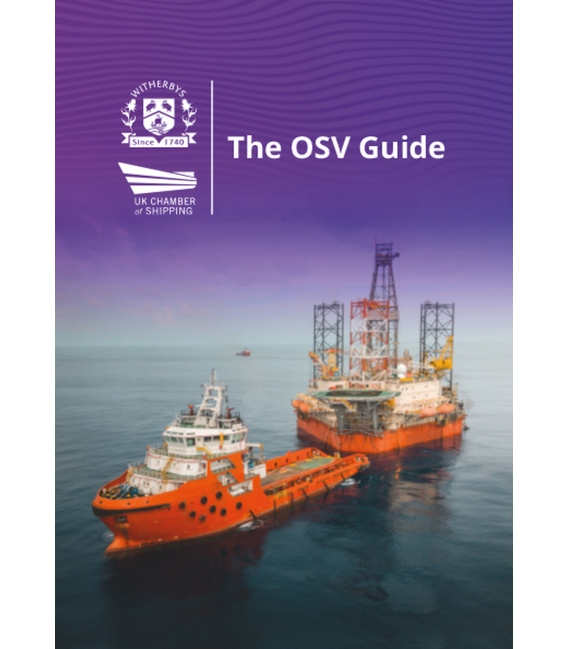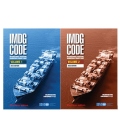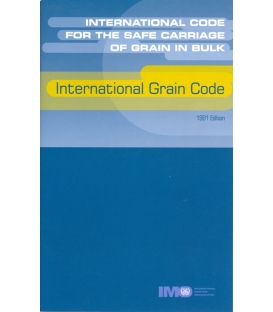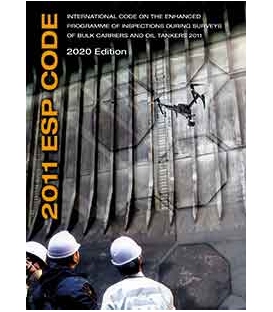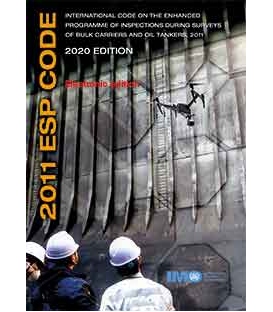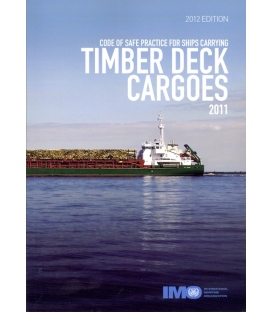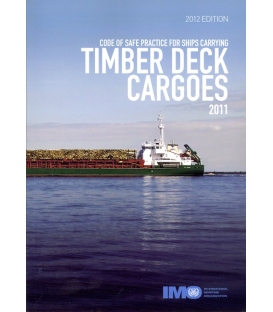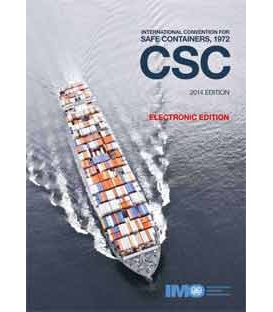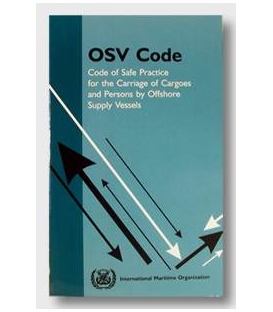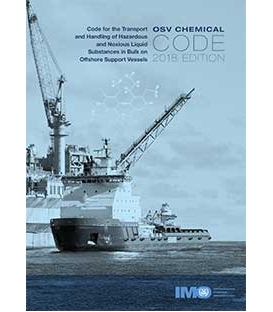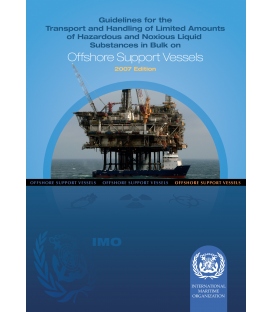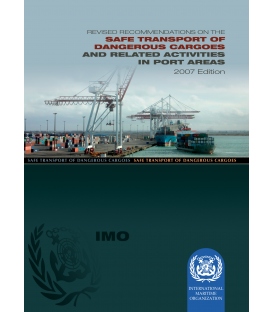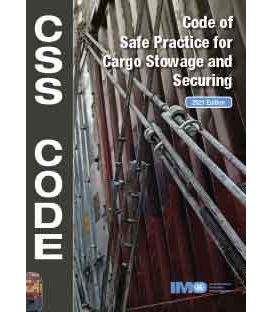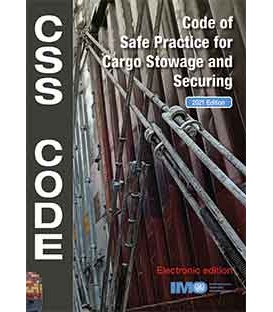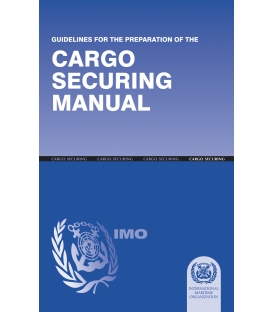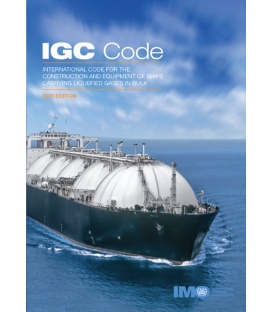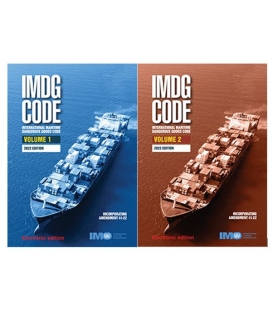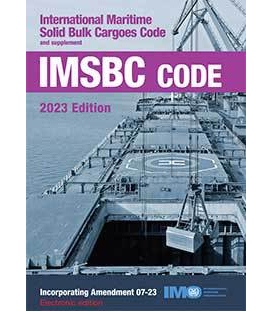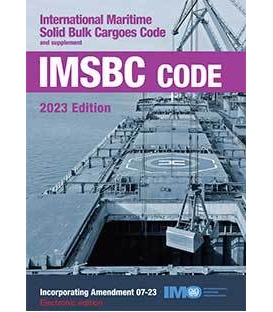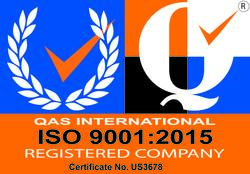

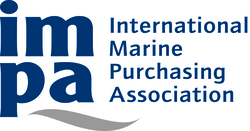
Sign up for our Newsletter
The OSV Guide (1st Edition, 2022)
This publication is a guide to the operation and management of offshore support vessels (OSVs). The Guide describes the differences between the offshore industry and conventional marine activity, covering areas such as towing procedures and environmental regulatory compliance. It is designed to be a valuable aid to learning and a useful reference source, particularly when complemented by other training resources.
The Guide provides a comprehensive overview of the global offshore sector, and is intended to fulfil any requirement by professionals, either on board ship or ashore, who want to know about the operation of offshore vessels in terms of their capabilities and the regulatory framework within which they operate.
The book has been divided into five major sections. It begins with an overview of the offshore sector that describes its vessels, their onboard systems, offshore installations, and the cargoes that are likely to be carried. Sections on offshore activities and seamanship detail the variety of activities undertaken by vessels engaged in offshore oil operations and how they are conducted, including new guidance on offshore wind farms. Of particular interest to Masters is the practical guidance on operations such as maintaining station close to offshore installations.
In addition to the technical development of the vessels, the Guide describes how the regulatory framework specifically applies to the offshore sector in terms of supporting and assisting with operations. The Guide also contains a section on accidents, emergences, and checklists, with practical advice on how to avoid incidents. This is an important section to be studied by Masters, because regardless of who else is involved in the management of their vessel, ultimate responsibility lies with them.
Acknowledgement
Introduction
Part 1 – The Offshore Sector
1. Ship Types
1.1 Anchor Handling Tug Supply Vessels
1.2 Platform Supply Vessels
1.3 Accommodation Vessels
1.4 ‘Walk to Work’ Vessels
1.5 Emergency Response and Rescue Vessels
1.6 Survey Vessels
1.7 Dive Support Vessels
1.8 Installation, Repair and Maintenance Ships
1.9 Crew Transfer Vessels
1.10 Pipelaying Vessels
2. Offshore Installation Types
2.1 Semi-Submersible Drilling Units
2.2 Jackups
2.3 Drill Ships
3. Cargo Types
3.1 Pipes for Pipelayers
3.2 Casing, Drill Pipe and Riser Sections
3.3 Containerised Cargo
3.4 Tote Tanks
3.5 Drilling Fluids
3.6 Drill Water, Potable Water and Fuel
3.7 Cement, Barites and Other Bulk Powders
3.8 Drill Cuttings
4. Ship Systems
4.1 Prime Movers
4.2 Electrical Distribution
4.3 Batteries
4.4 Azimuth Propulsion and Station Keeping
4.5 Controls Including DP Systems (DP Capabilities)
4.6 Pipework and Pumping Systems
4.7 Winches
4.8 Deck Equipment
Part 2 – Regulations, Safety and Environment
5. Flag State, Classification and Regulations
5.1 Flag State
5.2 Class Notation
5.3 Regulations and Guidance
5.4 Adults and Inspections
6. The Management of Health and Safety
6.1 The Application of Rules and Guidance
6.2 Dealing with Major Accidents
6.3 Occupational Safety
7. Safety Considerations of OSVs
7.1 The Safety of the Ship
7.2 Safety of Personnel
8. Protection of the Environment
8.1 Prevention of Oil Spills
8.2 Operational Residues
8.3 Garbage
8.4 Exhaust Gases and Emissions
8.5 Fuel, Energy Efficiency and Emissions
9. Transferring Personnel
9.1 Helicopter Transfers
9.2 The Swing Rope
9.3 Transfers by Crane using Personnel Transfer Devices (PTDs)
9.4 Walk to Work
Part 3 – Offshore Activities
10. Moving Moored Semi-Submersibles
10.1 Fundamentals
10.2 Conventional Rig Movements
10.3 A Rig Move within Subsea Architecture or at a Platform
10.4 A Deep Water Rig Move
11. Moving Jackups
11.1 Fundamentals
11.2 Open Water Jackup Movements
11.3 Workover or Development Drilling Jackup Movements
12. Towing
12.1 Fundamentals
12.2 Towing Manned Semi-Submersibles
12.3 Towing Unmanned Semi-Submersibles
12.4 Infield Jackup Towing
12.5 Ocean Towing of Jackups
12.6 Barge Towing
13. Supply Operations
13.1 Fundamentals
13.2 In Port Operations
13.3 The Voyage
13.4 Maintaining Station Alongside
13.5 Working Cargo Offshore
13.6 Difficulties with Drilling Fluids
14. Standby Activities
14.1 Fundamentals
14.2 UK Regulations
14.3 Activities on Location
14.4 Collision Risk Management
14.5 Training and Exercise
15. Offshore Offloading Systems
15.1 Laying Permanent Moorings
15.2 Supporting FPSOs and FSUs
15.3 Supporting Offshore Loading Buoys
16. Seismic Surveys
16.1 Marine Seismic Surveys
16.2 2D Seismic
16.3 3D Seismic
16.4 4D Seismic
16.5 Ocean Bottom Node (OBN)
16.6 Seismic Support Vessels
17. Well related Activities
17.1 Fundamentals
17.2 Well Testing
17.3 Well Stimulation
17.4 Well Intervention
17.5 Early Production
18. Diving, Construction and IMR
18.1 Dynamic Positioning (DP)
18.2 Diving
18.3 Inspection, Maintenance and Repair
18.4 Construction
19. Pipelaying
19.1 Pipelay Techniques
19.2 Flexibles
20. Support for Offshore Renewable Energy Installations (OREIs)
20.1 Offshore Wind Power – General
20.2 Installation of Wind Farms
20.3 Maintenance
20.4 Crew Transfer Vessels (CTVs)
Part 4 – Offshore Seamanship
21. Offshore Ships: Propulsion and Controls
21.1 Introduction
21.2 Ship Handling
21.3 Computerised Control Systems
22. Offshore Seamanship
22.1 Working Close to Offshore Installations
22.2 Tying up to Offshore Installations
22.3 Activities in Port
22.4 Special Activities
Part 5 – Accident Reports and Emergencies
23. Accident Reports
23.1 Collisions
23.2 Groundings
24. Emergencies
24.1 Emergencies on Offshore Installations
24.2 Own Ship Emergencies
24.3 Planned Maintenance and Testing
24.4 Unwanted Ship Occupation
Part 6 – Appendices
Appendix 1 – Glossary of Terms
Appendix 2 – Marine and Oilfield Acronyms and Abbreviations
Appendix 3 – References
Witherbys
Witherbys titles are developed using scripts developed by technical experts that are peer reviewed within work groups. Typically, they seek to improve understanding of the regulations, recommendations and guidelines issued by Industry.
Witherbys staff have significant expertise in the fields of navigation and hazardous cargoes as well as in the presentation of complex subjects in a graphic and easy to understand manner.
UK Chamber of Shipping
The UK Chamber of Shipping is the trade association and voice of the UK shipping industry. We work with Government, parliament, international organisations and others to champion and protect the industry on behalf of our members.
It is our mission to deliver for our members trusted specialist expertise, lobbying and influence at a UK level on maritime issues across national, European and international government and governmental bodies. By combining the strength of our members with this expertise we will advance the competitive strength of the industry ensuring that the UK remains as a leader in the global maritime business.
Witherbys and UK Chamber of Shipping

